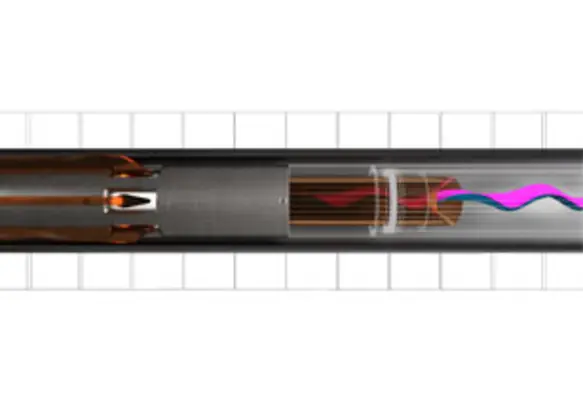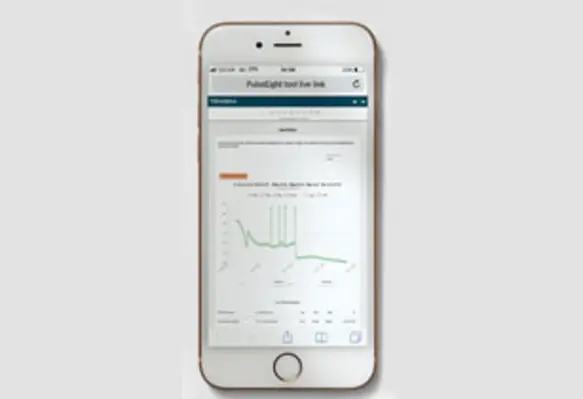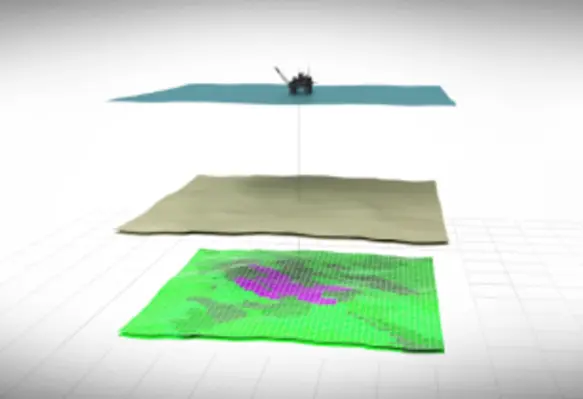Inherently, as fields mature, the range of production and recovery challenges increases or becomes more apparent, according to Annabel Green, CTO of Independent global completions service company Tendeka
This can range from unwanted fluids being produced, differential depletion occurring, and hydrocarbons being bypassed. On the flip side, innovation provides an increased range of solutions that can contribute to improved performance. Faced with such technical issues, there is now a growing trend towards retrofitting advanced completions into existing wellbores.
This approach is not only aimed at improving production and optimising secondary and tertiary recovery projects, it can also be used to reduce well intervention requirements.
Tendeka, the global specialist in advanced completions and production solutions for the oil and gas industry, boasts a range of technologies for primary reservoir completions offering fully intelligent completion functionality.
 Smart wireless technologies
Smart wireless technologies
From drill stem testing to multi-node intelligent completions, the shift from downhole equipment with no communication and/or actuation mechanisms to wireless technology represents potentially huge efficiency and performance savings, as well as improved safety.
Tendeka has developed a re-deployable wireless completion system which can be applied to downhole devices for communication in all phases of flow from a well. Dependent on Fluid Harmonics, the PulseEight reservoir management system (Figure 1) uses produced liquids or gas to communicate in both directions and provide downhole control wirelessly. This creates a versatile wireless alternative to existing data transfer and actuation methods within both production and injection wells.
PulseEight uses unique pressure pulse telemetry to channel wireless communication between a well’s downhole monitoring and control system and the wellhead. It provides the ability for the entire system to have an elegantly compact configuration with limited downhole footprint. Additionally, surface equipment requirements can be reduced to almost zero by utilising existing pressure monitoring already in place enabling a hassle-free solution.
 The communication system capability has been further expanded to offer true cable-free access to wellbore data. In what is believed to be a world first, this wireless ‘reservoir to smartphone’ communication enabled easy access in almost any location with either cell phone or satellite link connectivity (Figure 2).
The communication system capability has been further expanded to offer true cable-free access to wellbore data. In what is believed to be a world first, this wireless ‘reservoir to smartphone’ communication enabled easy access in almost any location with either cell phone or satellite link connectivity (Figure 2).
As well as the obvious benefit of ease of access, PulseEight’s additional ability to function autonomously in reaction to specific wellbore events, without the need of surface instruction, opens a new chapter in the digital oilfield delivery. It now brings aspects of data analysis downhole to illicit responses in a timeframe unachievable by traditional human analysis and action alone.
Unlike other completions systems, PulseEight’s Interval control valve (ICV) range or Wireless Gauges can be retrieved and redeployed to locations where they can deliver more value. For example, the system’s Ambient Valve is being deployed to recognise safety incidents and the closure of wells to maintain safety in its North Sea deployments.
 Advancing digital oilfield operations
Advancing digital oilfield operations
As a minimum, intelligent wireless technology could simplify and confidently advance digital oilfield operations by removing the need for traditional hydraulic or electric control lines. The elimination of these items can positively impact overall system costs whilst delivering an improved design from a safety aspect.
Moreover, the truly intelligent capability of modern tooling sees the absolute need of surface data analysis for vital trigger points in the well lifecycle to be mitigated, leaving engineering time to focus on more complex aspects of the reservoir’s production potential.
Tendeka’s advances in surface data analysis and autonomous completion tools, which can link both inter-tool and inter-well, are the next step for production optimisation over multiple wells, delivering demonstrable value to both existing and new field developments.








